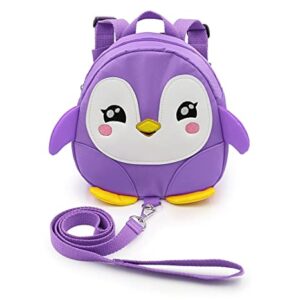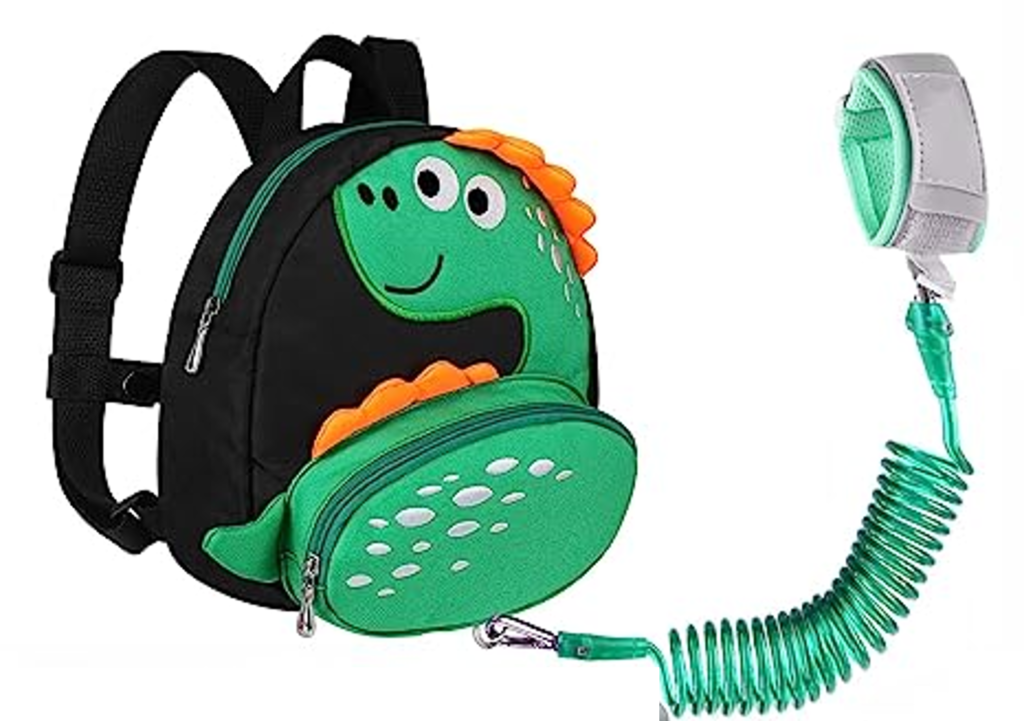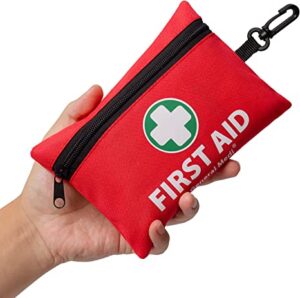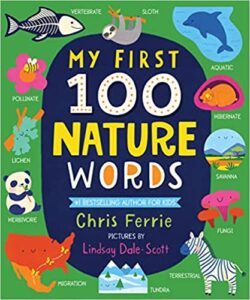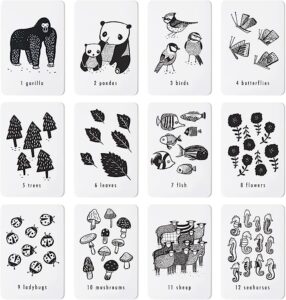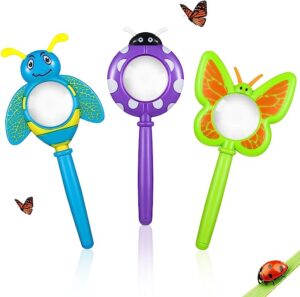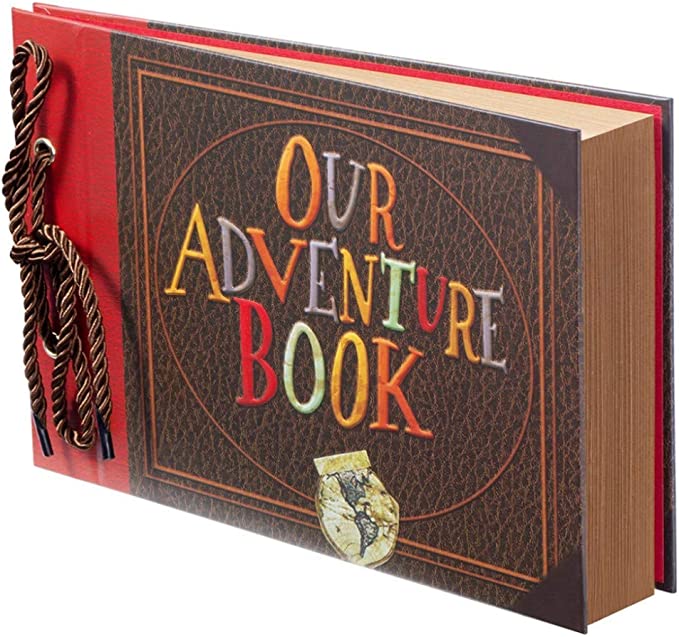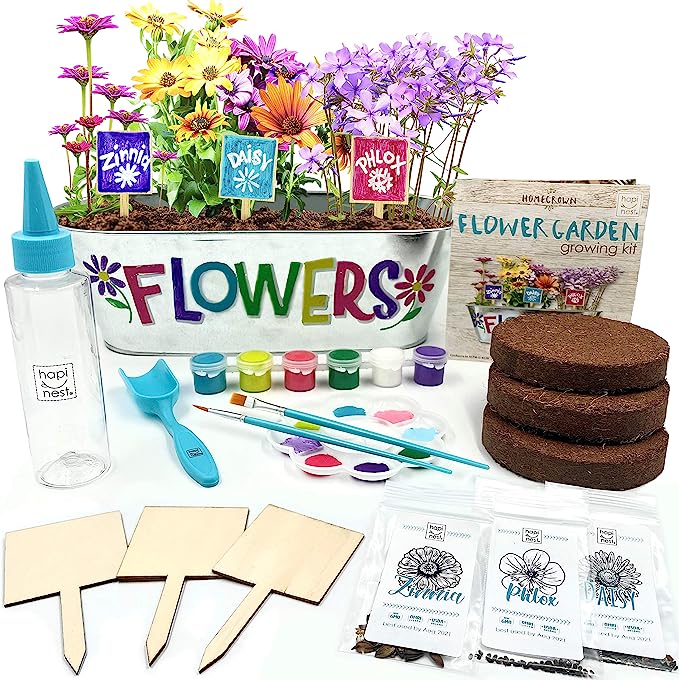Nature is a magical classroom waiting to be discovered, and what better way to engage your toddler than with an educational nature walk? Not only does it offer countless opportunities for learning and sensory exploration, but it also allows you to bond with your little one in the great outdoors.
In this blog post, we’ll guide you through the steps of taking an educational nature walk with your 2-year-old, ensuring a fun and enriching experience that will ignite their curiosity and love for the natural world.
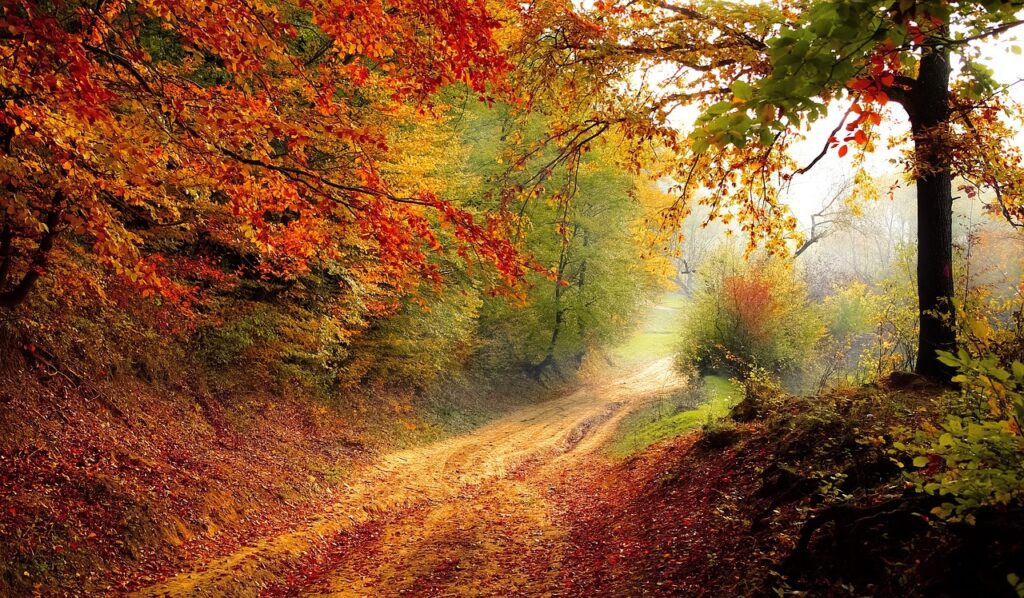
Choose the Perfect Location
Select a nearby park, nature reserve, or even a local trail that offers a safe and accessible environment for your nature walk. Consider factors like walking distance, amenities, and the presence of child-friendly trails or play areas.
Prepare for the Adventure
Before setting off, pack a small backpack with essentials such as water, snacks, sunscreen, bug spray, and a small first aid kit. Dress your child in comfortable clothes and sturdy shoes suitable for walking and exploring in nature.
Letting them carry their own snacks can help them feel independent. Trust us – You’ll want a bag for collecting rocks, leaves, twigs, and everything else they find along the way. These can come in handy for other activities down the line, like making collages or pressing into sand, playdough, or other sensory fun!
Engage their Senses
Encourage your child to use their senses during the nature walk. Prompt them to listen for bird songs, feel the textures of leaves and rocks, smell flowers or pinecones, and observe the colors and shapes of plants and wildlife. This sensory experience helps develop their observational skills and fosters a connection with nature. Encourage them to describe and compare the things they see, and help them along the way.
“Earth laughs in flowers.”
— Ralph Waldo Emerson
What to Do on Your Nature Walk
Nature Scavenger Hunt: Create a simple nature scavenger hunt by making a list of items your child can find along the way, such as a pinecone, a yellow flower, or a smooth rock. Give them a small basket or bag to collect their treasures. This activity promotes exploration, observation, and identification skills.
Identify Plants and Animals: Point out different plants, trees, and animals you encounter during the walk. Talk about their characteristics, names, and any interesting facts you know. Use simple language and encourage your child to repeat the names and ask questions. This enhances their vocabulary and curiosity about the natural world.
Click these to advance learning and build excitement & anticipation through prep, especially for more advanced toddlers.
Play with Nature’s Toys: Nature offers an abundance of natural materials that can become wonderful toys for your child’s imagination. Encourage them to collect sticks, leaves, or acorns, and use them to create simple nature art or build structures. This open-ended play fosters creativity and problem-solving skills.
Investigate Miniature Worlds: Look closely at rocks, fallen logs, or under leaves to discover tiny insects, snails, or worms. Use a magnifying glass or a bug viewer to get a closer look at these fascinating creatures. Discuss their characteristics and the important role they play in the ecosystem. This activity sparks curiosity and an appreciation for biodiversity.
Create a Keepsake!
Practice Nature Photography: Give your child a simple camera or a smartphone (with supervision) to capture the beauty of nature from their perspective. Encourage them to take photos of interesting leaves, flowers, or animals they encounter. Later, you can review the photos together, allowing them to share their observations and memories.
Nature Journaling: Bring along a small notebook or sketchbook and a few colored pencils. Encourage your child to draw or scribble what they see or experience during the walk. You can also help them write down simple words or sentences describing their observations. Nature journaling fosters creativity, fine motor skills, and language development.
Reflect and Share
At the end of the nature walk, find a comfortable spot to sit and reflect on the experience together. Ask your child about their favorite discoveries, what they learned, or how they felt during the adventure. This reflection helps solidify their understanding and creates lasting memories.
Taking an educational nature walk with your 2-year-old is a fantastic way to introduce them to the wonders of the natural world. By engaging their senses, encouraging exploration, and providing opportunities for observation and discovery, you’ll nurture their curiosity, foster a love for nature, and create beautiful bonding moments. So grab your walking shoes, embrace the great outdoors, and let the adventure unfold!
On the off-chance you need convincing, or if you just want to learn more about the link between nature and wellbeing, check out this article from UNC Chapel Hill on how nature impacts children’s health, or this one from Psychology Today on how nature is good for all of us.
